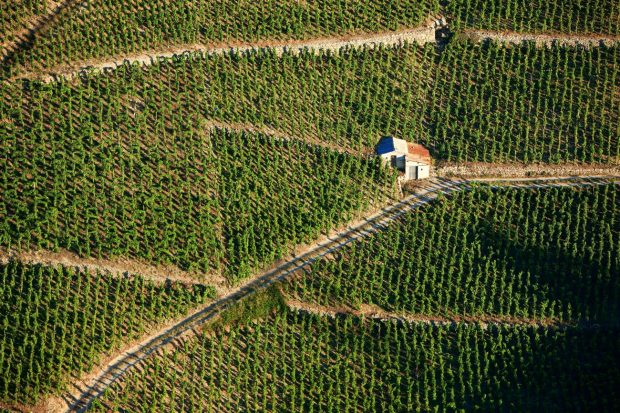A few decades from now, young sommeliers may be learning about Benedicto and Moribel, along with Tempranillo, Graciano, and Mazuelo.
Spanish researchers at the Institute of Vine and Wine of Castilla-La Mancha (IVICAM) found the two grape varieties showed promising results where adapting to climate change is concerned.
Tests have suggested Benedicto and Moribel, parent and descendant of Tempranillo respectively, are capable of performing relatively well under conditions of heat stress and drought, said the Regional Institute for Agri-Food Research and Development (IRIAF).
As Spain finds itself afflicted with year after year of heat and extreme weather, the need for the country to find ways of adapting to a changing climate has come into sharp focus — and there have been warnings the situation could worsen.
A recent study warned that about 90% of traditional wine regions in coastal and lowland regions of Spain could be at risk of disappearing by the end of the century because of excessive drought and more frequent heat waves.
Tempranillo is internationally recognised for its contribution to Spain’s great red wines, and it makes up more than 201,000 hectares of Spanish vineyards.
However, in recent decades, climate change has increasingly affected its production. A 2022 article for The Conversation by María Concepción Ramos, of the Universitat de Lleida, and Fernando Martínez de Toda Fernández, of the University of Rioja, said higher temperatures and water stress that Spain is predicted to experience could cause Tempranillo’s flowering, veraison, and harvest to occur more than 10 days earlier than normal in warmer years.
By 2050, even under controlled emissions scenarios, Tempranillo’s growth cycle could be eight to 10 days earlier, they said.
These changes could result in decreased acidity and lower concentrations of key components like anthocyanins, jeopardising the balance and quality of finished wines.
Producers all over Spain are already incorporating strategies to reduce the effects of warming temperatures, such as planting at higher altitudes and changing pruning techniques.
Research is also underway to find alternative clones or even different grape varieties that could help to make grape growing sustainable for future generations.
That’s where the IVICAM comes in. The team of researchers set out to determine which grape varieties were best suited to endure the extreme heat and water shortages that are expected to become increasingly common as Spain grapples with climate change.
Studies of Benedicto, Moribel and Tempranillo, developed in the context of doctoral thesis work by Sergio Serrano Parra, found that Benedicto outclassed Tempranillo in some qualitative analyses, putting it in position to be an outstanding alternative grape for future winemaking, said IRIAF.
As for Moribel, research shows that it has higher acidity than Tempranillo, which may also be key for crafting the balanced wines of tomorrow.
The two grapes performed equally well in the tasting room. Although wines made with Benedicto and Moribel have an aromatic profile similar to that of Tempranillo, researchers found that tasters preferred wines made from Benedicto and Moribel over wines made from Tempranillo, IRIAF added.
It said this suggests Benedicto and Moribel could help winemakers to not only preserve but even improve wines made from Tempranillo in the increasingly harsh conditions of a warming climate.





